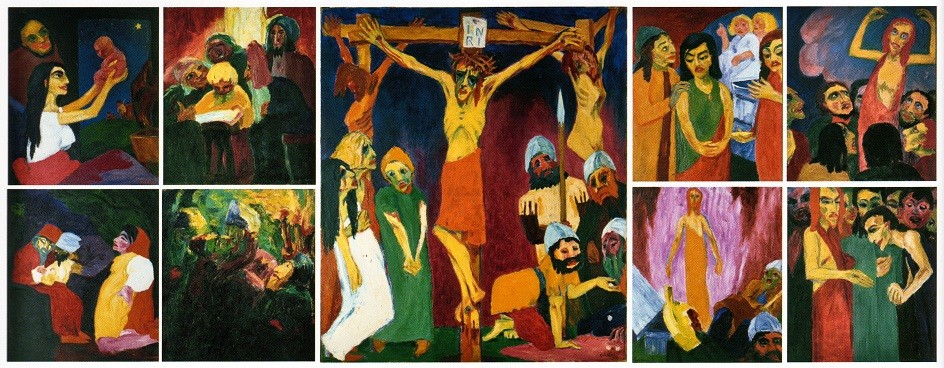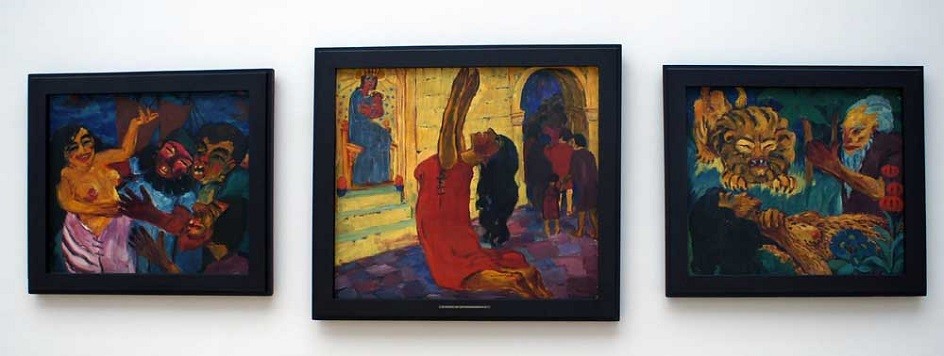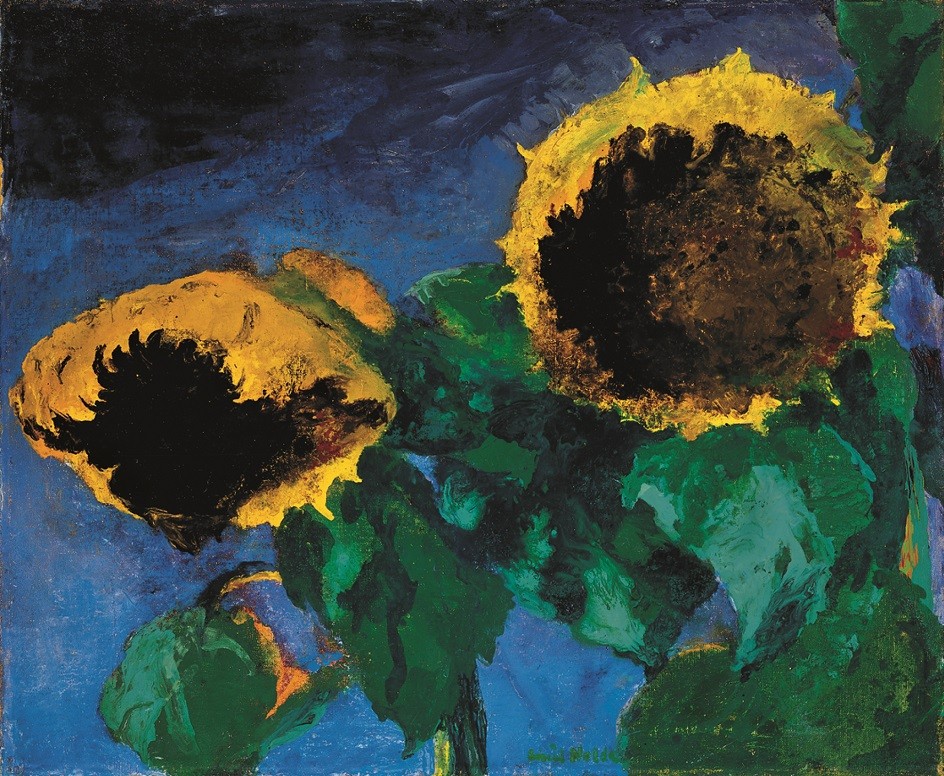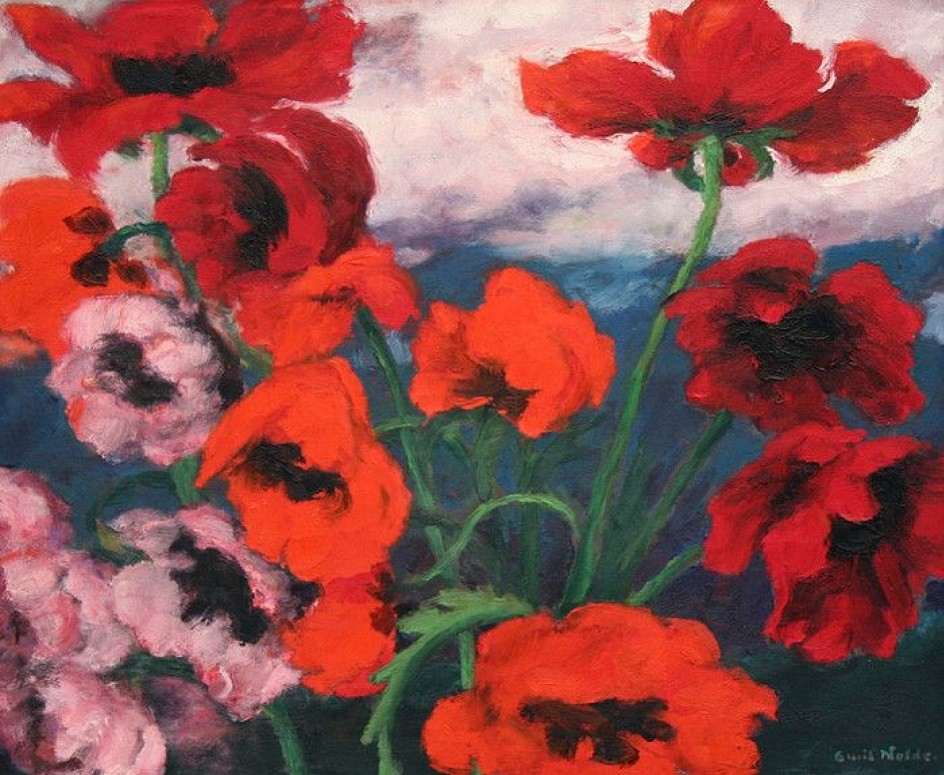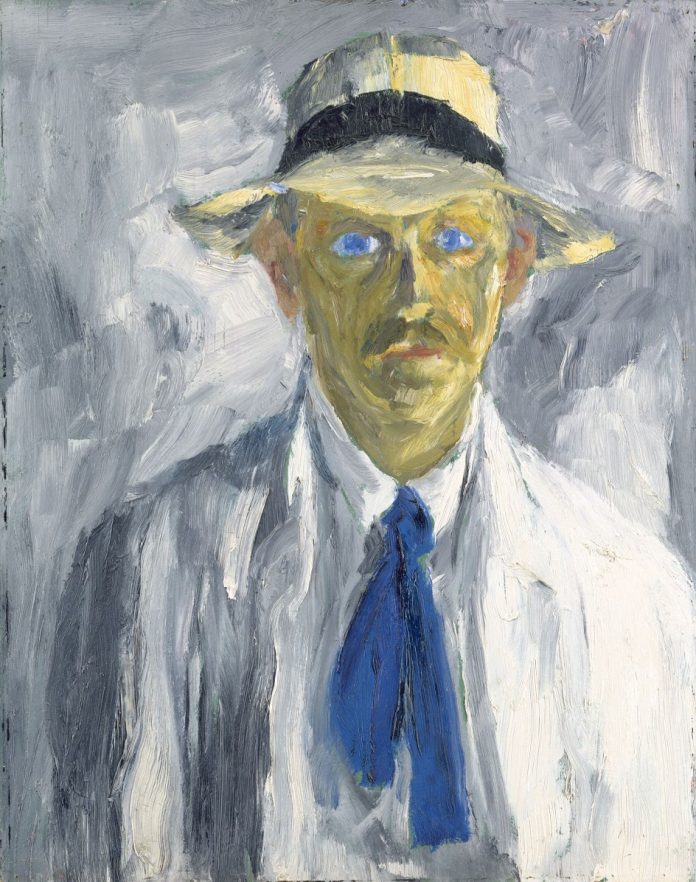Emil Nolde (born August 7, 1867 – died April 13, 1956) was a famous German watercolorist of the XIX-XX centuries, a talented expressionist and an outstanding master of the religious genre. Emile Nolde’s work is devoted to the description of colorful gardens, bright sea views, gloomy landscapes of night Berlin. The painter created rich and expressive paintings of mystical, fantastic, and religious meaning that liked to paint portraits and draw the sky.
Biography of Emil Nolde
Emile Nolde was born on August 7, 1867, to a large peasant family living on a small farm in the border region of Germany and Denmark. He became the fourth child, was named Hans Emil Hansen at birth, and from early childhood was forced to work hard to help his parents with household chores. As soon as the case presented itself, the young Hans left his home without regrets and entered the Flensburg Crafts School, choosing to be an artist and woodcarver.
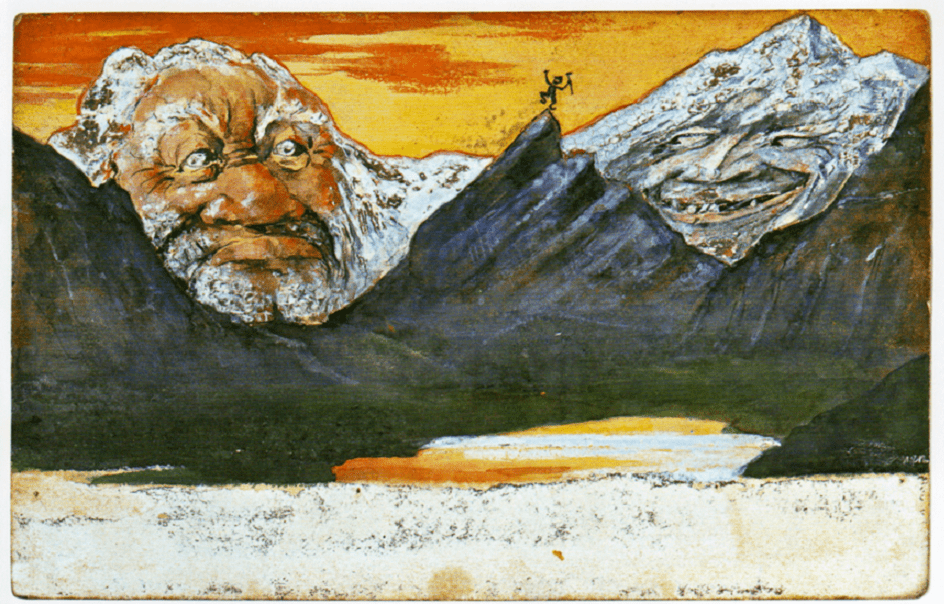
Emile Nolde was interested in painting during his studies, but no one in the family supported this hobby. On the other hand, his family’s profession as a furniture maker fully satisfied him, so Hans took up a job in a furniture factory. And he secretly attended drawing lessons. In 1894, Emile Hansen created the famous Alpine peaks in the form of revived giants. Then he lent money, printed a series of postcards, which was distributed in large quantities, and fully devoted himself to painting. Until the late 1890s, he was looking for himself – in art, in love, in life.
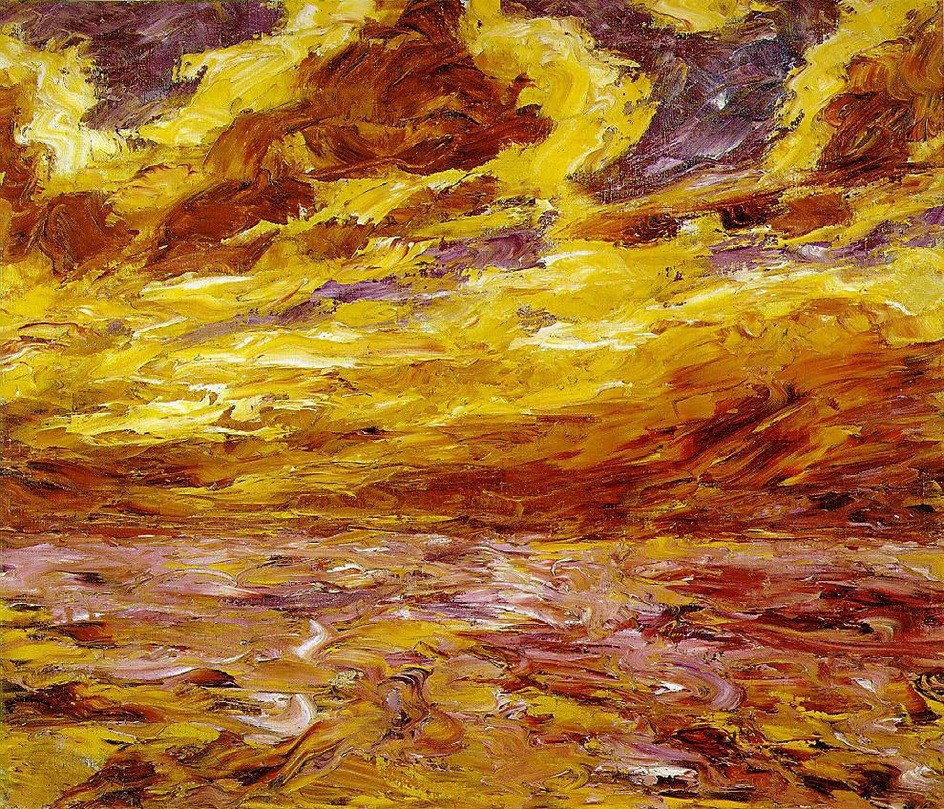
At the intersection of two centuries, the artist got a pseudonym and married Ada Vilstrup. In the same period, his drawing style was finally formed. Many contemporaries, and later art historians who studied the work of Emil Nolde, called him an expressionist, but the painter himself did not agree with this definition. He believed that the term artificially limits his possibilities and significantly impoverishes his potential. The master called himself “a simple German artist”. And wrote Emil Nolde’s really bright expressive paintings, saturated palette splashing out on canvas strong emotions and experiences.
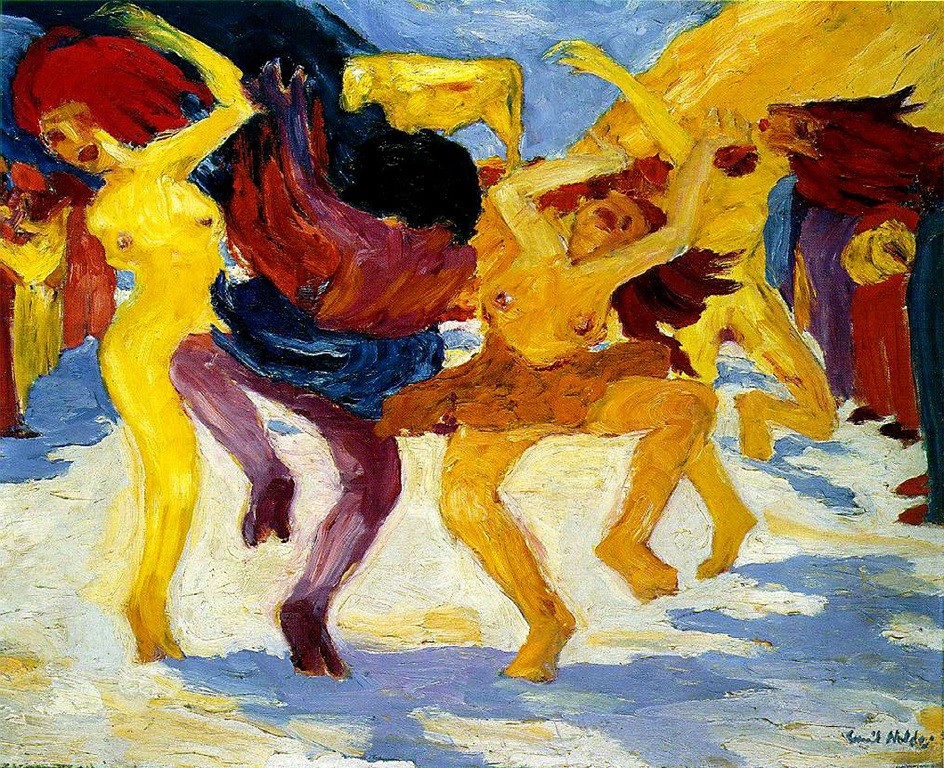
In search of new forms of painting, Emil Nolde joined the Bridge group, whose members declined classical drawing in favor of an original interpretation of the surrounding reality. They believed that instead of academically correct paintings depicting a beautiful but deceptive and embellished reality, the artist should create truthful works using pure paint and natural lines.
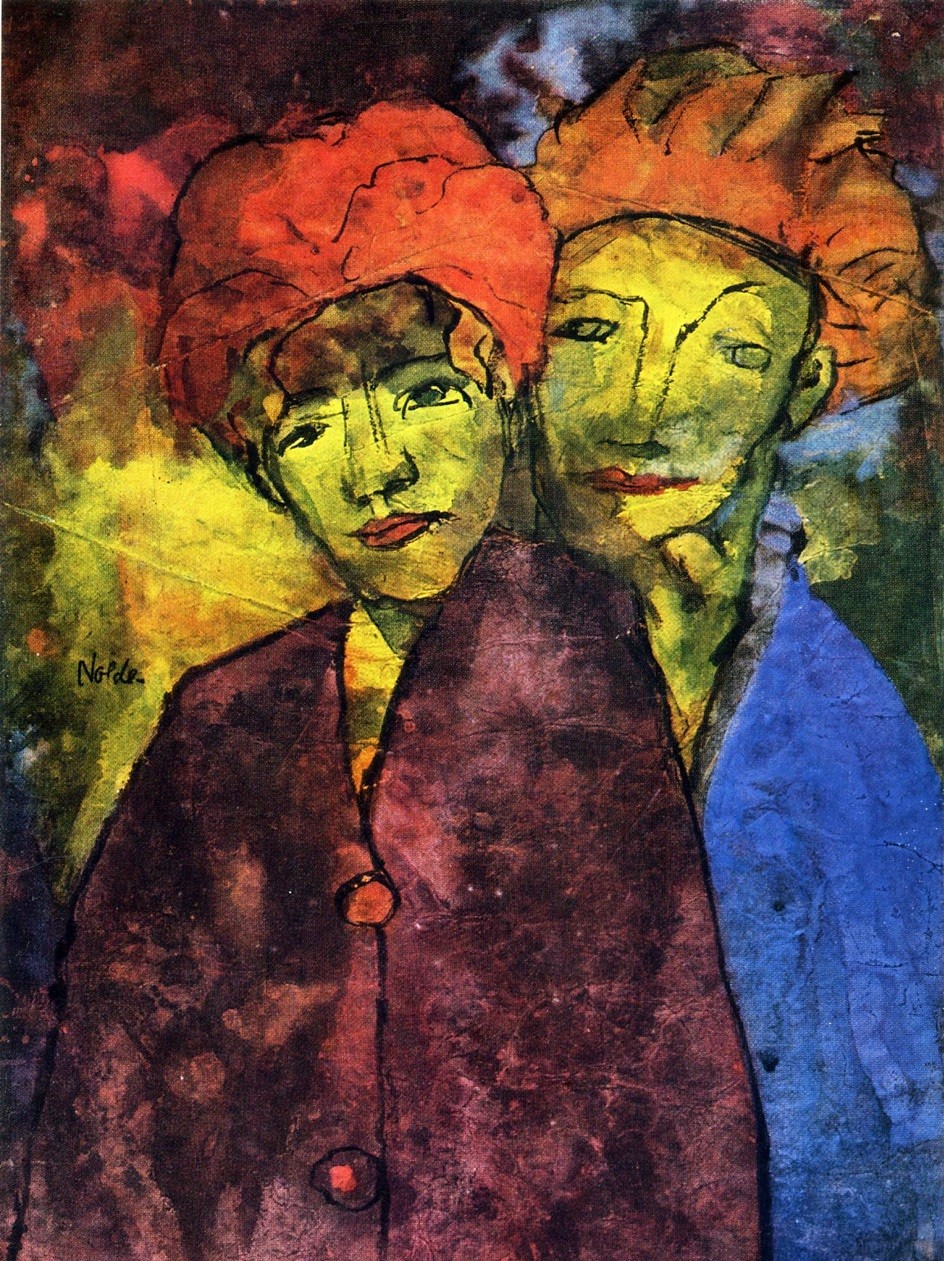
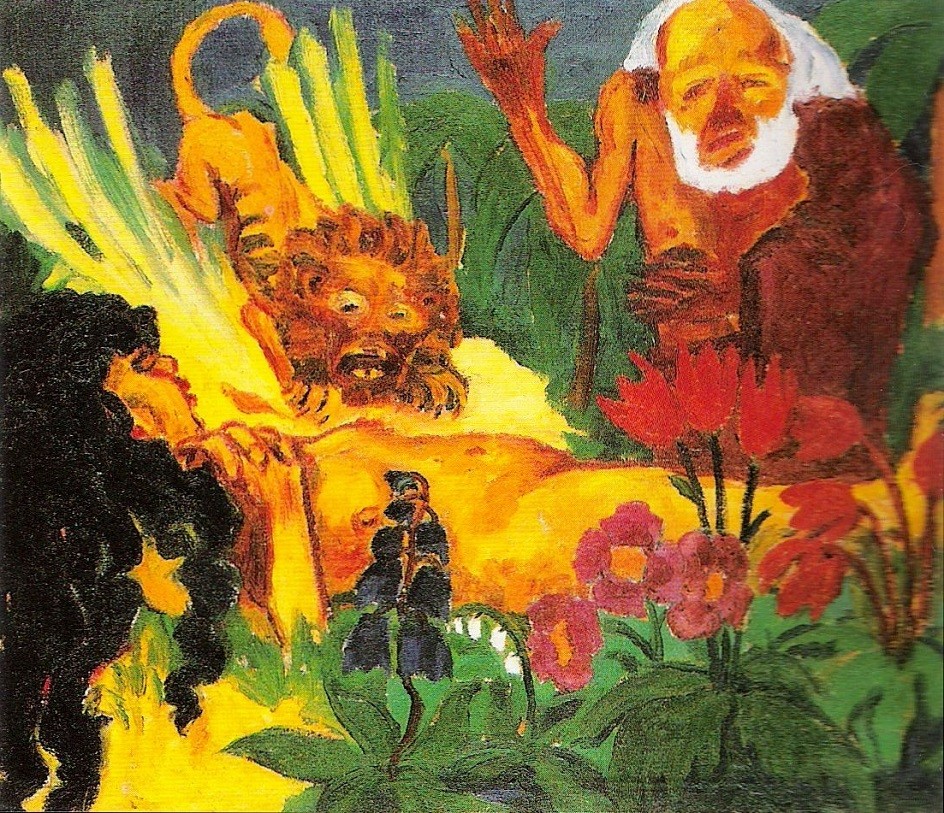
Nolde shared these views, but separated from the group two years later. There was too big difference between the young artists who absorbed the new urban culture from the diapers and the mature Emil, who came to paintings from a deep village and remained a simple peasant all his life in spirit. After the “Bridge” there was a Berlin Secession, but from there the watercolourist was expelled for criticizing the president of the association. Together with other painters, he organized the opposition group New Secession.
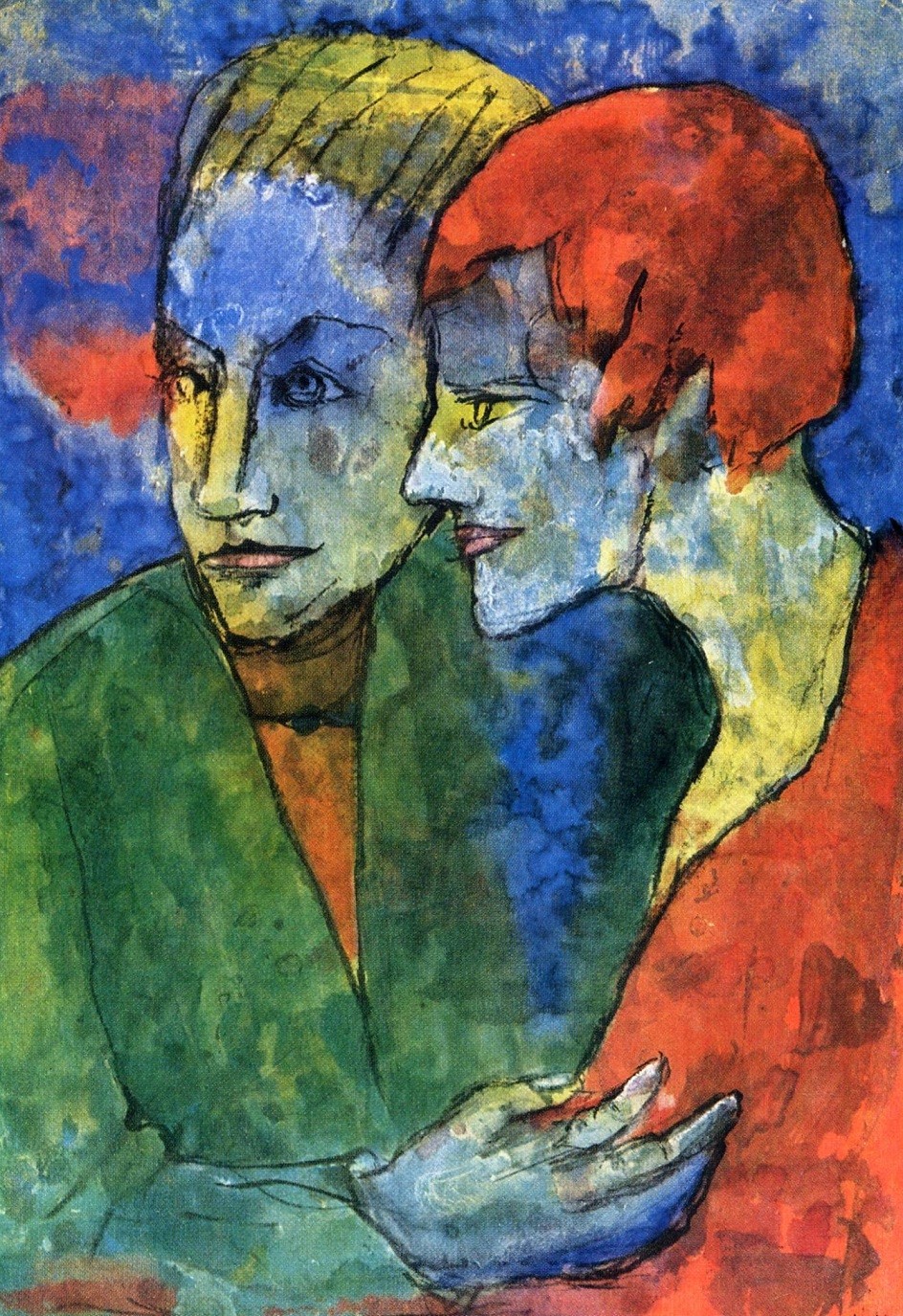
After the First World War, Emil Nolde took Danish citizenship, but did not live in Denmark and moved to Neukirchen, where he bought a house on the hill of Seebühl. At this time active political processes are taking place in Germany, as a result of which a controversial page appeared in Nolde’s biography – the artist liked the direction in which the country was moving, he even joined the National Socialist Party and attended the “Beer putsch” ceremony. Nolde gets to know Himmler closely, and his paintings adorn the walls of Goebbels’ house.
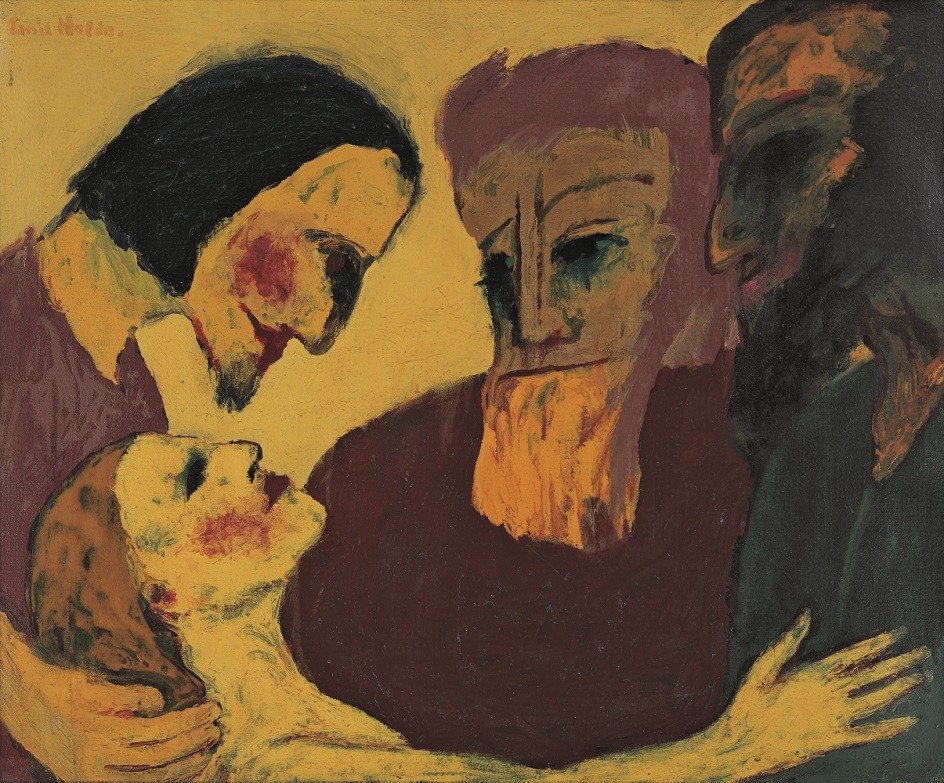
But despite the fact that Emil Nolde positioned himself as a simple artist, glorifying the uniqueness of Germany, its culture, history and land, social nationalists saw him as an expressionist. The central exhibit of the infamous exhibition of degenerate art was “The Life of Christ”, created in nine parts in 1911-1912. Emile Nolde was expelled from the academy, banned from working by profession and drawing. His paintings were removed from museums and galleries, confiscated and destroyed. The artist tried to reach the top of the Nazis with requests for review of the case and even created propaganda anti-Semitic posters, but unsuccessfully. Until the end of the Second World War, he secluded himself at home and secretly created miniature watercolors (1300 works in total), which he hid in the garden.
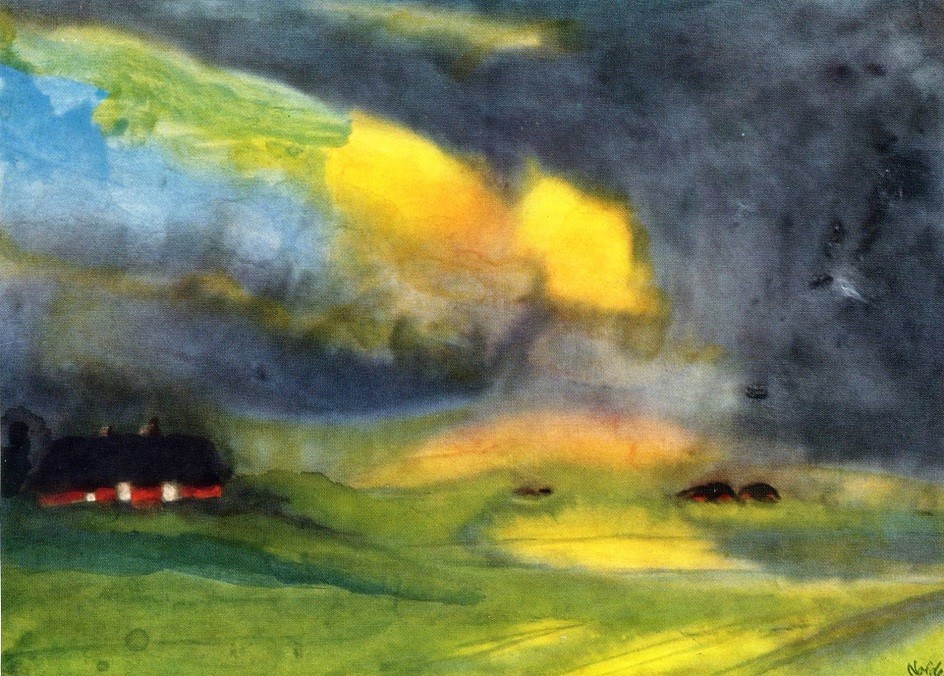
After the war, the masters recognized the genius who suffered from the Nazi regime. Emil Nolde was invited to exhibitions, Siegfried Lenz wrote a book about him, “The lesson of German”, and the house in Seebühl was converted into a museum. The painter lived to a respectable age and left this world on April 13, 1956.
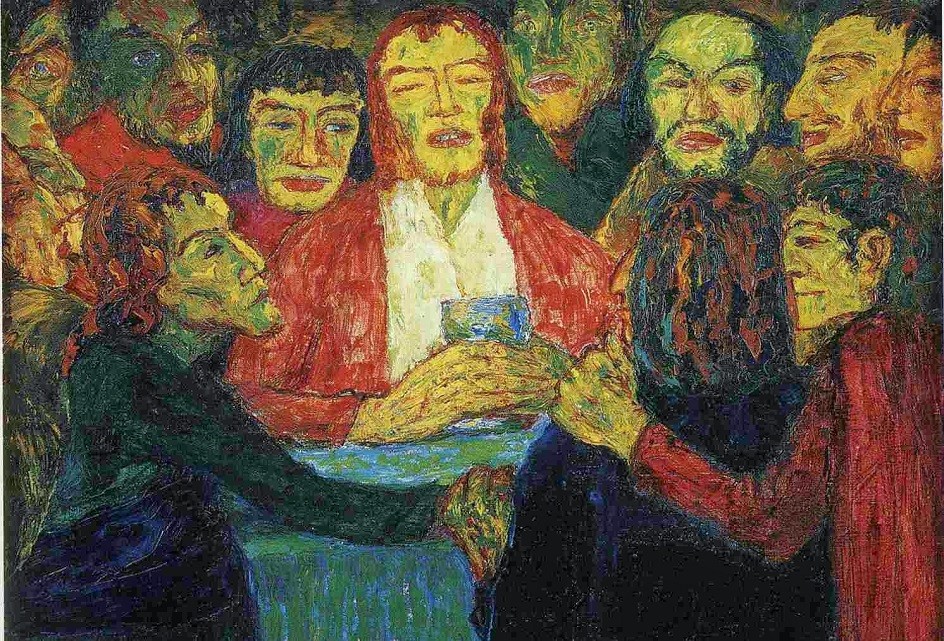
The most famous paintings by the artist Emil Nolde
Emil Nolde’s paintings are kept in Europe’s largest museums, are often displayed in temporary exhibitions and always arouse the interest of the viewer. Paintings by Emile Nolde are frequent guests of auctions, where they are hunted by museum workers and collectors. Take a look at the master’s brightest works:
